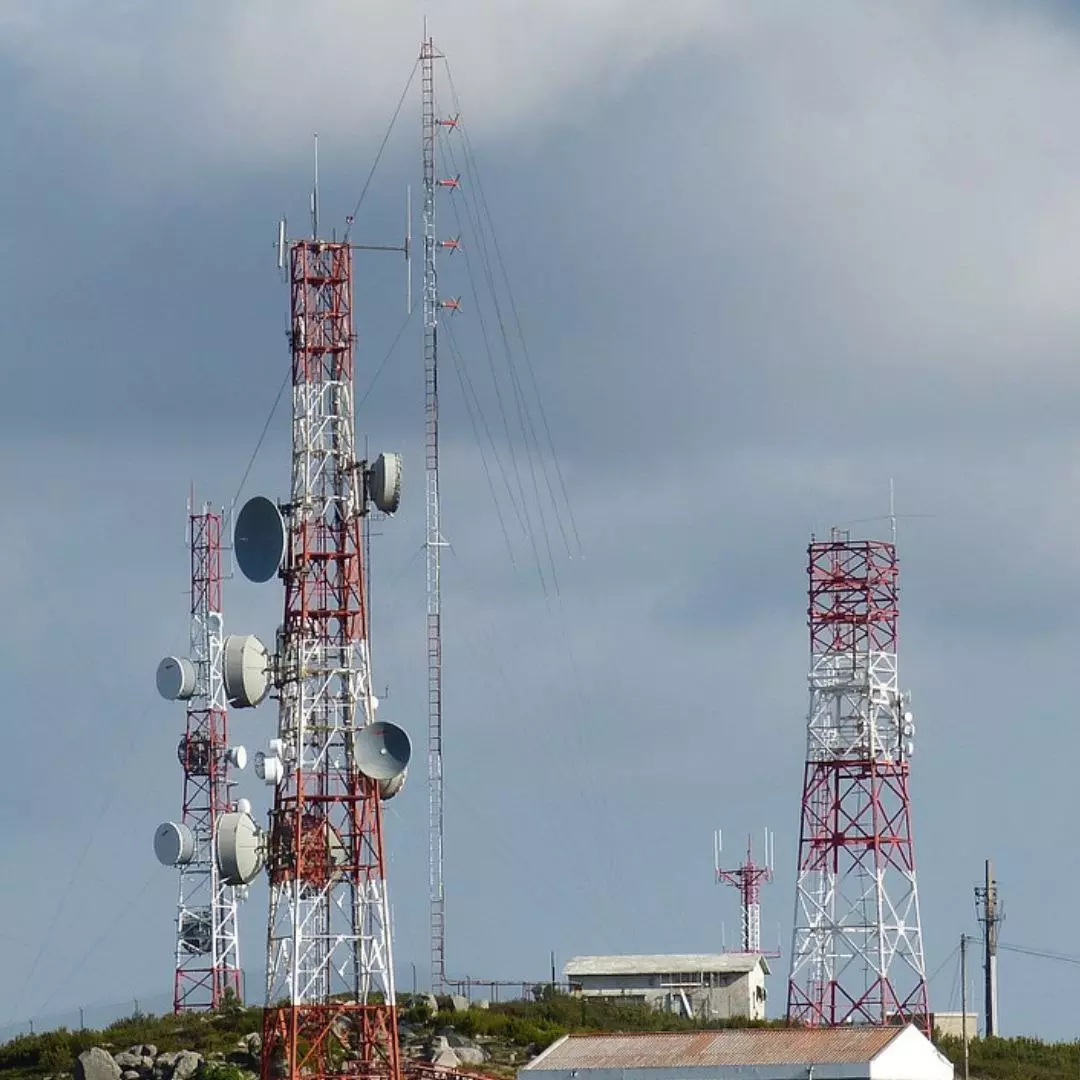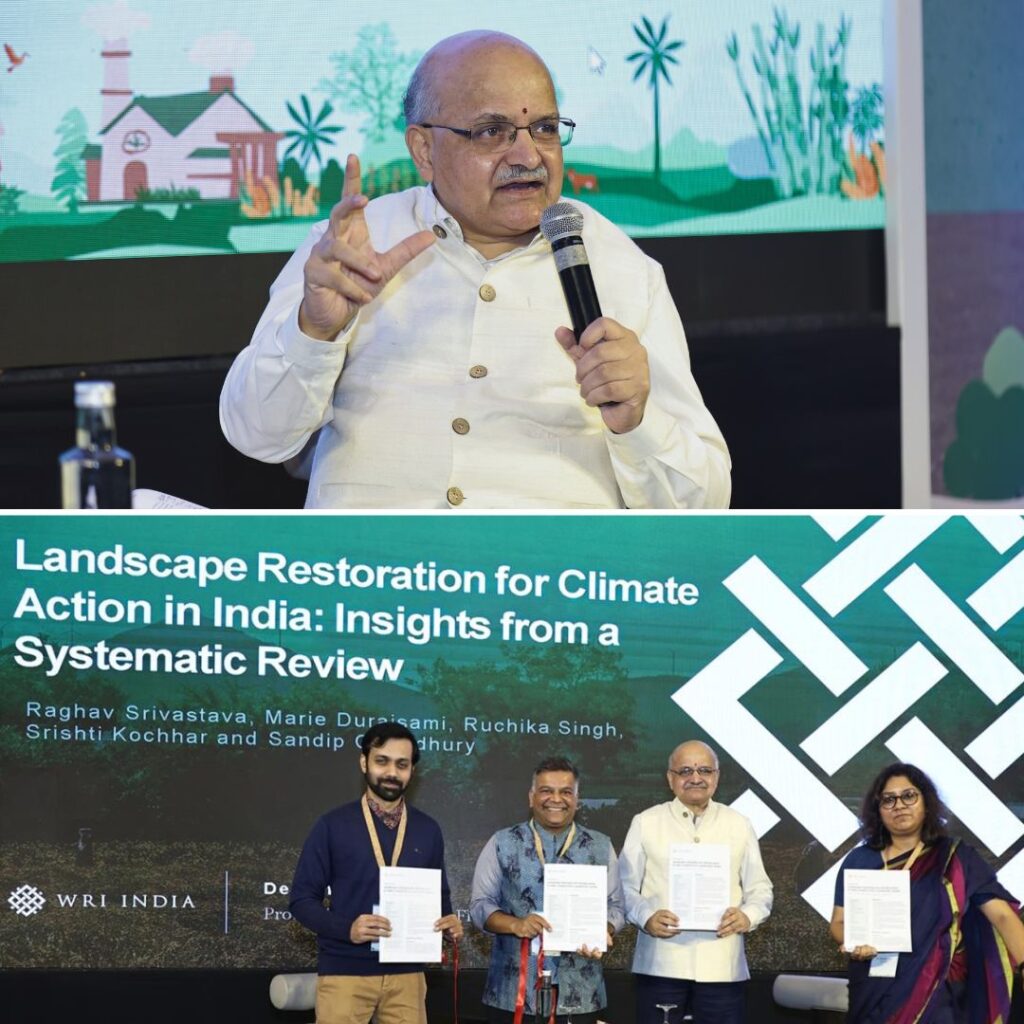Telecom operators have witnessed a substantial decline in their revenue share from traditional voice calls and SMS over the past decade, with voice calls experiencing an approximate 80% decrease and SMS witnessing a staggering 94% decrease. The primary cause of this decline can be attributed to the rising popularity of internet-based calling and messaging applications.
The Telecom Regulatory Authority of India (TRAI) recently released a document shedding light on this shift in the revenue landscape. It revealed that the revenue share per user from data usage has experienced remarkable growth, increasing over 10 times from the June 2013 quarter to the December 2022 quarter. However, the TRAI paper also underscores the need to regulate internet messaging and calling applications, such as WhatsApp, Google Meet, and Facetime.
The TRAI emphasizes that the surge in the usage of over-the-top (OTT) applications for messaging and voice communication has caused a significant transformation in the revenue sources for telecom service providers worldwide. In the Indian context, the revenue composition for wireless access service providers has undergone a substantial change between 2013 and 2022. This shift highlights the increasing significance of data as a primary revenue generator, reflecting the evolving dynamics in the telecom industry.
According to the TRAI document, the major components of Average Revenue Per User (ARPU) for telecom operators, excluding data revenue share, have experienced a decline from the June 2013 quarter to the December 2022 quarter, as per a report in Economic Times
However, during the same period, the share of revenue from data has witnessed substantial growth, reaching 85.1% in the December 2022 quarter compared to 8.1% in the June 2013 quarter, per subscriber.
Despite the growth in data revenue share, the overall ARPU has only increased by approximately 41%, from ₹123.77 to ₹ 146.96. The data presented in the TRAI paper indicates that the revenue share from voice calls has significantly declined, representing only ₹ 14.79 or 10.1% of the ARPU of ₹ 146.96, compared to ₹ 72.53 or 58.6% in the June 2013 quarter.
India’s OTT Viewership
India’s OTT (Over-The-Top) viewership has reached 423.8 million (or 42.38 crore), indicating a penetration rate of 30%, meaning that three out of ten Indians have watched online videos at least once in the past month. These findings were revealed in The Ormax OTT Audience Sizing Report 2022, conducted by media consulting firm Ormax. The research was based on a sample size of 13,500 individuals across urban and rural areas of India and was carried out between July and September 2022.
The report also highlights that there are currently 119 million active paid OTT subscriptions in India, with 49 million paying (SVoD) audiences, averaging 2.4 subscriptions per paying audience member. Out of the paid subscriptions, 65% are held by male audiences, reported Livemint
While the top six metros contribute only 10% to India’s overall OTT viewership, they account for 33% of the total paid subscriptions. Cities like Mumbai, Delhi, and Bengaluru have more than 8.5 million active paid subscriptions each. India’s OTT universe has grown by 20% since 2021 when it stood at 353.2 million.
The report further reveals that 19.2% of the OTT audience watches content on SVoD platforms without paying for any direct subscription, while 11.6% are current paid members of at least one streaming service or have paid directly (not through a telecom bundle) for at least one subscription. Approximately 43.5% of viewers watch videos only on free streaming platforms, including platforms other than YouTube, and 25.8% exclusively watch videos on YouTube and/or social media platforms.
Shailesh Kapoor, founder and CEO of Ormax Media, stated, “A large share of the 20% growth in the audience base has come from rural India and small towns. The metro cities have reached saturation levels, with more than 79% OTT penetration. Platforms will have to rely on the smaller markets for the next phase of growth.” Kapoor also emphasized that the average number of subscriptions per paying user remains static at 2.4, suggesting that future subscription growth will come from more people paying for subscriptions rather than individuals paying for multiple subscriptions.
These statistics underscore the significant shift in revenue composition for telecom operators, with data emerging as the primary revenue source while revenue from voice calls and SMS continues to decline. The decline in revenue share from SMS is particularly notable, with its contribution reaching 23 paise or 20% of the ARPU (Average Revenue Per User) compared to ₹ 3.99 or 3.22% in the June 2013 quarter. This decline further emphasizes the decreasing significance of SMS as a revenue-generating component for telecom operators in comparison to data-based services.
Also Read: Manipur Violence: Cop, Teenager Amid Four Killed In Border Areas
https://thelogicalindian.com/h-upload/2023/07/10/500x300_232526-photo2023-07-1016-40-55.webp
Trending
2023-07-10 11:14:00.0
Telcos Revenue Share From SMS & Voice Calls Drops With Growth Of OTT Platforms











